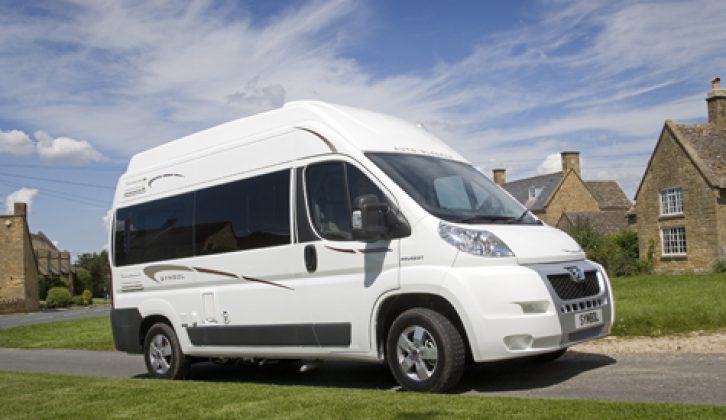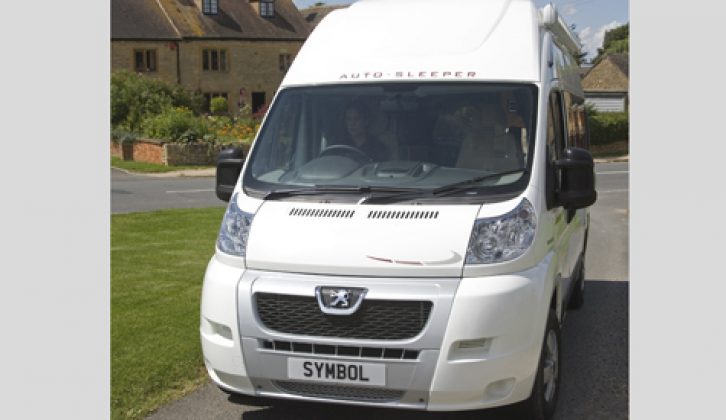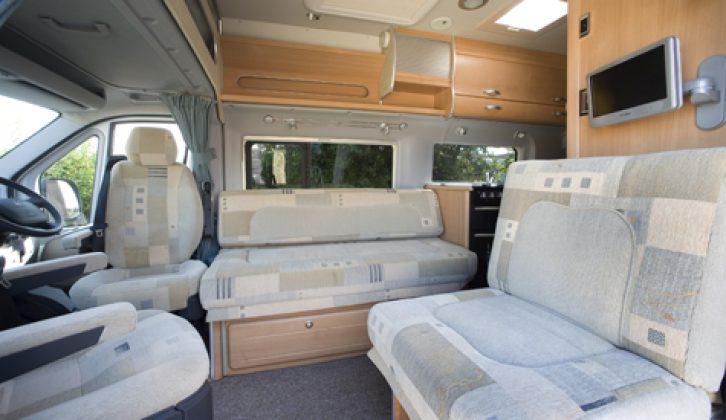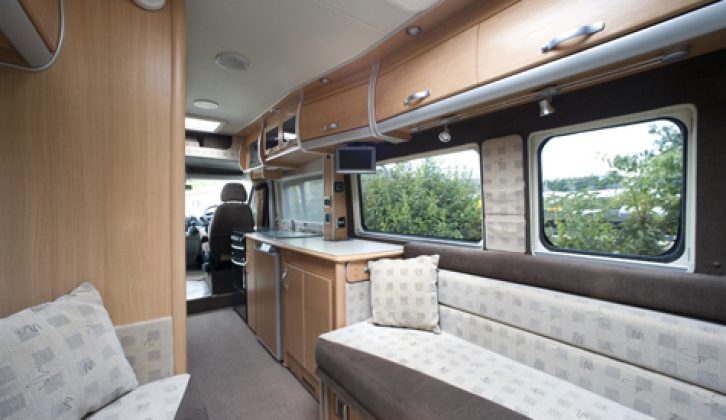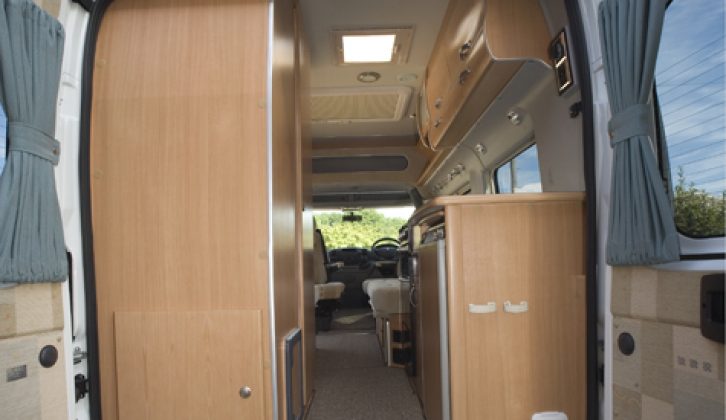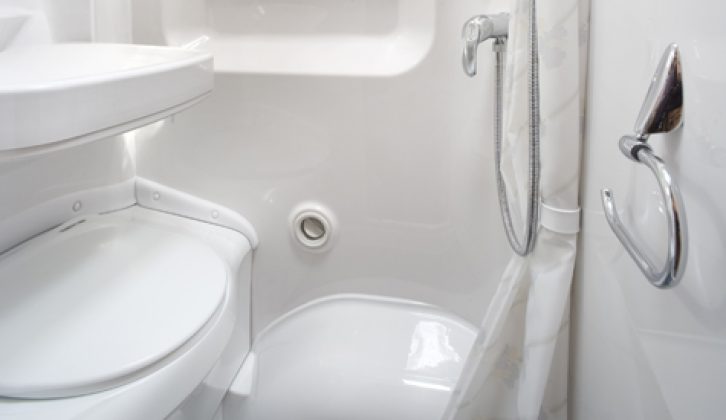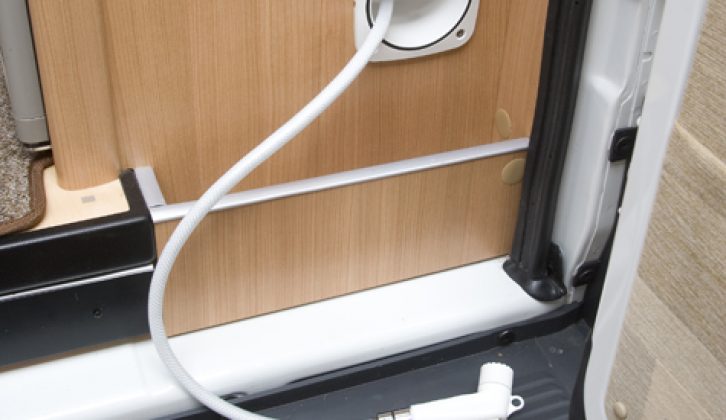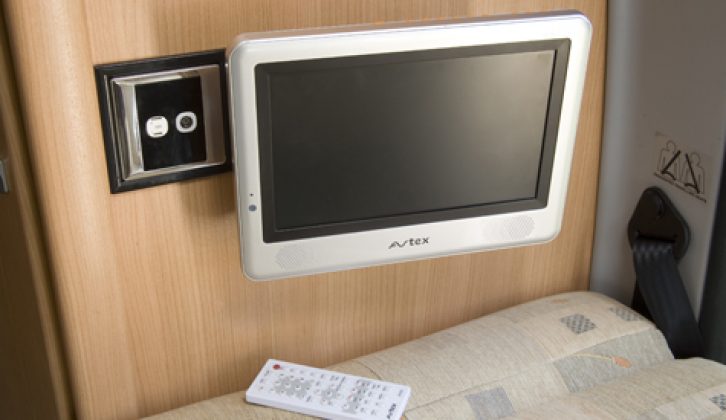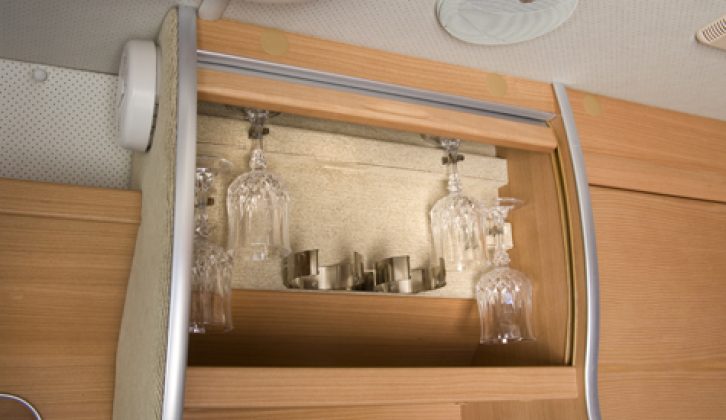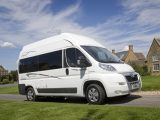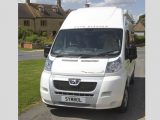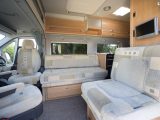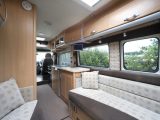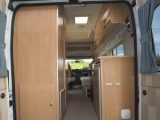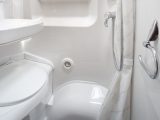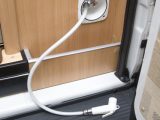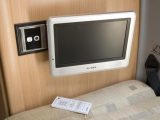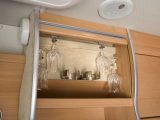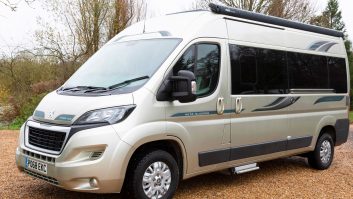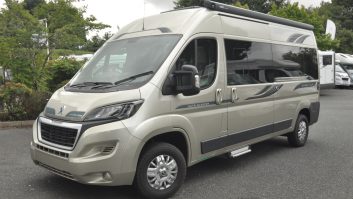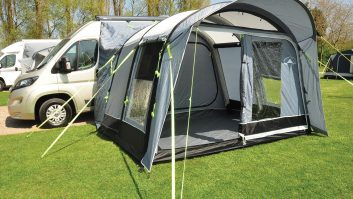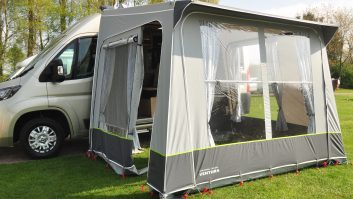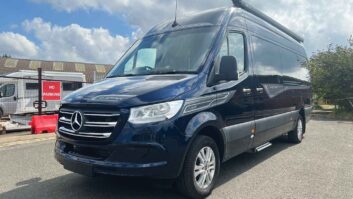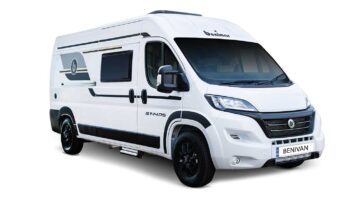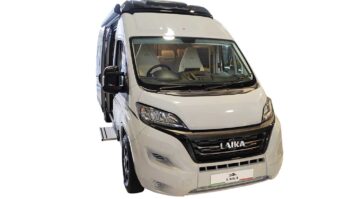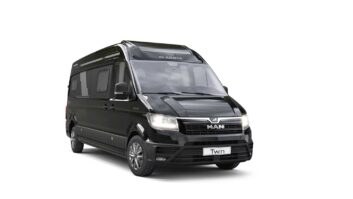Verdict
Well-made, high-top conversion that’s as good to look at outside as it is inside. Practical throughout, even if the washroom is on the small side
Pros
Sleek looks; well-equipped kitchen; thoughtful details; high equipment levels
Cons
Compact washroom
Van conversions have enjoyed a return to popularity in recent years. Historically, Auto-Sleeper was always the premium high-top brand – with conversions on Ford, Peugeot and VW – and the Symbol had always been a big seller for the company.
In recent years, however, the company’s Peugeot high-top has lost out to smaller firms such as Timberland and IH Campers, both of which sell hand-crafted conversions on Fiat’s Sevel chassis (albeit at higher prices).
High-top van conversions offer year-round touring comfort in a small space – the design of a workable floorplan requires real ingenuity – and are often used by experienced motorcaravanners with high standards, so detail and styling is vital.
It’s a fine line between appealing to brand-loyal buyers and attracting new ones but we believe Auto-Sleepers has cracked it with this latest incarnation of the Symbol. The ’van looks just right from the outside and, key to the interior is the level of light: the large rooflight, bright fabrics and the high (1.98m) internal ceiling provide an impression of space (which is also borne out in actuality).
Two versions of the Symbol will be produced: the regular version reviewed here (£35,850), with its side-facing sofa and forward-facing belted seat; and the ES (£36,395) which has two forward-facing single, belted, rear seats.
The exterior looks typically Auto-Sleepers: unlike the firm’s Warwick high-top (see panel, overleaf) which has a medium-height Peugeot roof, the Symbol has a central GRP section (though the sides are from the original Peugeot bodywork). According to Auto-Sleepers’ designers, the taller Peugeot ‘high roof’ – which was needed to allow for sufficient headroom – looked too unsightly.
Another noticeable cosmetic difference is the use of original Peugeot windows: the Symbol is built on the Boxer ‘windowed van’, not the panel van, so its sleek window lines look neatly integrated. Auto-Sleepers claims that these windows offer superior sound and heat insulation and reduced condensation compared to traditional caravan windows. Inside, they look just as neat with flush-fitting blinds and flyscreens, even though not all these windows open.
While Auto-Sleepers is keen to bring the Symbol up to date, certain features remain which will appeal to traditional British tastes such as a full-size Spinflo three-burner/one-electric-plate cooker. There’s a small cupboard above, complete with four wine glasses and two bottle holders (Auto-Sleepers includes wine glasses and crockery as standard).
The new Eberspächer D2 diesel-fuelled heater in the Symbol can also operate on mains and is fitted with two silencers to reduce that ‘whooshing’ noise at start-up.
In a ’van of this length (5.61m) there has to be some compromise, and in the case of the Symbol it is the size of the washroom. It’s small but well planned: the spacious sink flips up, leaving plenty of room to use the shower, and the door flips backwards to create a handy dressing area at the rear of the ’van. The washroom is made from ABS plastic which gives it a clean, smart appearance.
It is in the small, neat details that the Symbol excels. For instance, move to the back of the ’van, open the large rear doors and you’ll find a shower point in the side wall of the kitchen unit: pull out the shower head and you have the facility to wash off muddy boots, dogs (or children) before allowing them inside. There’s also a large, lockable pull-out tray under the floor which is perfect for valuables.
Auto-Sleepers has also brought the Symbol up-to-date in the lounge area with an optional flatscreen TV with a DVD and Freeview (£498). The TV mounting is well-located and there are two speakers in the roof. An external aerial point on the side of the ’van is a nice touch.
The new Symbol is available in two- and four-berth variants, the latter offering the addition of a pull-out roof bed (a £260 option). The lounge area can be made up into either singles or a double bed, and it’s a simple process to do so: just press the button on the side of the lounge seats and the cushions can be easily pulled out on rollers; the gaps are then filled with the remaining cushions. Other new additions for this revamped Symbol include an electric entrance step, increased water tank sizes (69 litres fresh and 45 litres waste) and a larger (110Ah) habitation battery.
The Symbol is based on Peugeot’s new Boxer chassis, which, in Fiat form, we have often praised in these pages, and it transports the Symbol with aplomb (our model was fitted with the mid-range, 120bhp engine). The amount of rear vision is acceptable through the two large, back windows but forward vision is somewhat restricted by the thick A-pillars at the very front of the ’van – we found that mini roundabouts required an extra check for obscured traffic before moving off.
The Boxer’s steering felt light and responsive although we were somewhat frustrated by the number of squeaks and rattles from the inside of the ’van when we drove over a rutted surface. However, as the model we were driving was a prototype, we would expect these niggles to have been ironed out before production.
Following this first look, we reckon that the revamped Symbol is a success. The standard level of specification is high and the construction appears to be excellent – on a par with the Auto-Sleepers of old.
The Symbol manages to retain its ‘Britishness’: its furnishings are attractive and the inclusion of a full-sized oven should appeal to UK buyers. Only time and sales figures will tell whether the Symbol’s modern design will also prove popular but we believe that Auto-Sleepers’ latest product marks a return to form that may see its high-tops once more become a dominant force in the market.
Technical Specifications
| Payload | 539 kg |
| MTPLM | 3300 kg |
| Shipping Length | 5.62 m |
| Width | 2.51 m |
